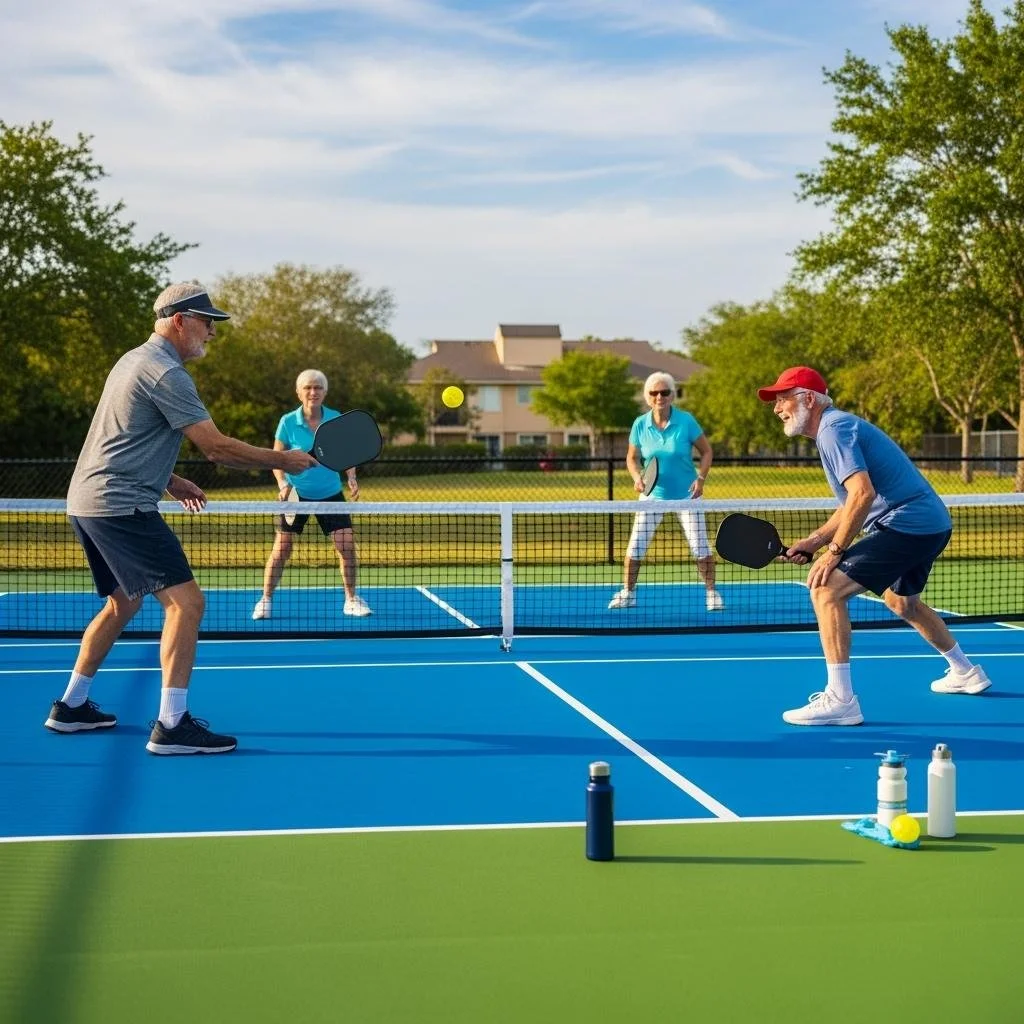Substance Abuse: The Pervasive Crisis Facing Today's Youth
Substance abuse among young people is a growing concern that impacts not only their physical and mental health but also their academic performance and future opportunities. The teenage years are a critical period of development, and exposure to harmful substances during this time can have long-lasting consequences.
In this article, we’ll explore the multifaceted nature of youth substance abuse—examining its prevalence, root causes, consequences, and the most effective strategies for prevention and recovery. By understanding the scope of the issue and the factors that contribute to it, families, educators, and communities can take meaningful steps to support young people. Addressing this challenge requires a unified, informed, and compassionate approach.
No. 1
The Escalating Scope of Youth Substance Abuse
The number of young individuals engaging in substance use continues to rise, making it a pressing public health concern. This section outlines the widespread nature of the problem and highlights the substances most commonly abused by youth.
Current Statistics and Trends
Recent data reveals an alarming trend: many adolescents are experimenting with substances at increasingly younger ages. Substances such as alcohol and marijuana remain prevalent, while the misuse of prescription medications and synthetic drugs is also on the rise.
Reports from the National Institute on Drug Abuse (NIDA) and the Substance Abuse and Mental Health Services Administration (SAMHSA) underscore the frequency and severity of substance use among youth. These findings confirm that substance abuse is a widespread issue affecting countless young lives.
Popularly Abused Substances Among Youth
Among the most commonly abused substances are:
Alcohol
Marijuana, including high-potency products
Vaping devices containing nicotine or THC
Prescription painkillers and stimulants
Over-the-counter medications
Hallucinogens and synthetic drugs
Each of these substances poses significant risks to the developing adolescent brain and body.
Geographical and Demographic Variations
Substance abuse rates vary by region and demographic group. Urban youth may face different pressures compared to those in rural areas. Research indicates that socioeconomic status, family income, and cultural background can influence substance use patterns. However, no group is immune—substance abuse affects young people across all communities and backgrounds.
No. 2
Underlying Factors Contributing to Youth Substance Abuse
Understanding the root causes of substance abuse is essential for effective prevention and intervention. These causes often stem from a combination of personal, social, and environmental influences.
Peer Pressure and Social Norms
The desire to fit in plays a powerful role in adolescent behavior. When young people see their peers using substances, they may feel compelled to do the same to gain acceptance. Party environments and social gatherings can amplify this pressure, making it difficult to resist. The influence of peer norms often leads to risky decisions with long-term consequences.
Mental Health and Co-Occurring Disorders
There is a strong link between mental health challenges and substance abuse. Many young people turn to drugs or alcohol to cope with anxiety, depression, trauma, or other emotional struggles. This form of self-medication can quickly spiral into dependency.
Treating both the mental health issue and the substance use disorder—often referred to as co-occurring disorders—is critical. Programs like Drug Rehab San Clemente offer comprehensive support to help young individuals achieve sobriety and mental wellness.
Family Environment and Genetics
A young person’s home life significantly influences their risk of substance abuse. Parental substance use, domestic conflict, and lack of supervision can all increase vulnerability. Additionally, genetic predispositions may make some individuals more susceptible to addiction. Conversely, a stable, nurturing home environment can serve as a protective factor.
Environmental and Societal Influences
External pressures such as academic stress, exposure to violence, and economic hardship can also contribute to substance use. Easy access to drugs and alcohol in certain communities further exacerbates the problem. These broader societal issues must be addressed to create safer environments for youth.
No. 3
The Devastating Consequences of Substance Abuse on Young Lives
Substance abuse can have immediate and long-term effects on a young person’s development, health, and relationships. This section outlines the serious consequences that often follow early drug and alcohol use.
Academic and Developmental Impacts
Substance use often leads to declining academic performance. Students may experience falling grades, increased absenteeism, and even school dropout. Additionally, drug and alcohol use can interfere with brain development, impairing cognitive functions such as memory, decision-making, and emotional regulation.
Physical and Mental Health Ramifications
The physical toll of substance abuse includes damage to vital organs, increased risk of infectious diseases, and the development of chronic health conditions. Addiction is a brain disease that alters neural pathways, making recovery more difficult. Mental health issues such as depression and anxiety are often intensified by substance use, putting the individual’s overall well-being at greater risk.
Social and Relational Deterioration
Substance abuse often leads to strained relationships with family and friends. Young people may become isolated, engage in risky behaviors, or face legal consequences. One teen recounted how their drug use fractured family bonds, making once-joyous holidays feel empty and painful.
Headspace
Headspace helps you create life-changing habits through actionable tools to support your mental health and find a healthier, happier you.
Try it for free!
No. 4
Effective Prevention Strategies for Youth
Prevention is the most effective tool in combating youth substance abuse. This section explores proactive measures that can reduce the risk of substance use before it begins.
Early Intervention and Education Programs
Educational initiatives in schools and communities play a crucial role in prevention. Programs that provide accurate information about the risks of drug use empower students to make informed decisions. Parents and educators must also be equipped to have open, honest conversations with young people about substance use. Early education lays the foundation for lifelong healthy choices.
Strengthening Family and Community Support Systems
Strong family relationships are a key protective factor. Parental involvement, consistent guidance, and emotional support create a safe environment for young people. Communities that offer positive role models, extracurricular activities, and mentorship programs further reinforce these protective factors. Open communication within families encourages trust and resilience.
Promoting Healthy Coping Mechanisms and Life Skills
Teaching young people how to manage stress and emotions is essential. Encouraging participation in sports, arts, and other hobbies provides healthy outlets for self-expression. Life skills such as problem-solving, decision-making, and emotional regulation equip youth to handle challenges without turning to substances.
No. 5
Treatment and Recovery Pathways for Young People
Recovery is possible, and there are many effective treatment options for youth struggling with substance abuse. This section outlines the most promising approaches to healing and long-term sobriety.
Evidence-Based Treatment Modalities
Evidence-based therapies such as Cognitive Behavioral Therapy (CBT) help individuals identify and change harmful thought patterns. Group therapy provides peer support, while family therapy addresses the dynamics that may contribute to substance use. In some cases, Medication-Assisted Treatment (MAT) may be appropriate. Treatment plans should be tailored to the individual’s unique needs.
Addressing Co-Occurring Mental Health Disorders
Many young people face both substance use disorders and mental health challenges. Treating both simultaneously through integrated care is essential for lasting recovery. Programs that address the whole person—mind, body, and spirit—offer the best outcomes.
Support Systems for Long-Term Recovery
Recovery is an ongoing journey. Support groups like Alcoholics Anonymous (AA) and Narcotics Anonymous (NA) provide community and accountability. Continued therapy and sober peer networks help maintain progress. Searching for “youth substance abuse treatment centers near me” can connect families with local resources. Long-term support is key to sustained recovery.
Takeaways: Building a Future Free from Substance Abuse
Recap of the Crisis and Its Impact
Youth substance abuse is a serious and far-reaching issue. It affects health, education, relationships, and future potential. The consequences ripple through families and communities, creating a cycle of harm that must be broken.
Collective Responsibility and Hope for the Future
Solving this crisis requires a collective effort. Parents, educators, healthcare providers, policymakers, and community leaders must work together. By creating supportive environments and offering early intervention, we can guide young people toward healthier paths. Recovery is possible, and every young person deserves the chance to thrive.
Key Takeaways and Call to Action
To combat youth substance abuse effectively:
Educate early and often about the risks of substance use
Foster strong family and community support systems
Promote healthy coping strategies and life skills
Provide accessible treatment and long-term recovery resources
Together, we can build a future where young people are empowered to make healthy choices and live free from the grip of substance abuse. Let’s take action now—for their sake and for the strength of our communities.
Looking for Wellness resources?
Are you looking to enhance your wellness routine? Explore our wellness partners who offer a wide range of resources to support your journey toward holistic living and well-being.































